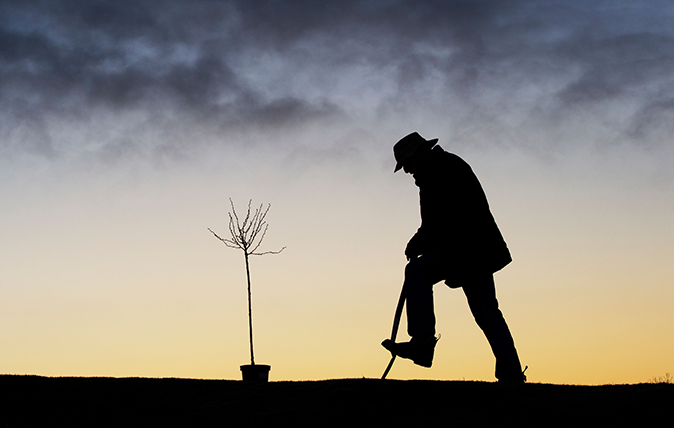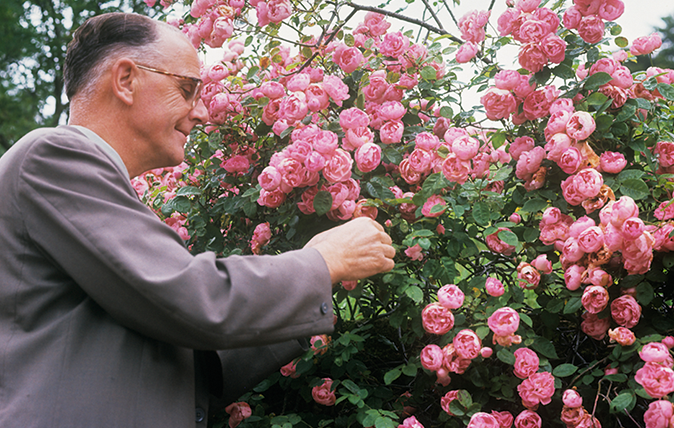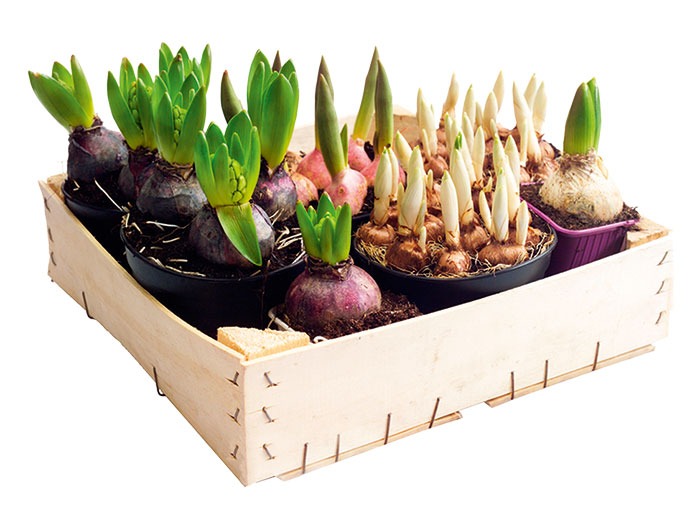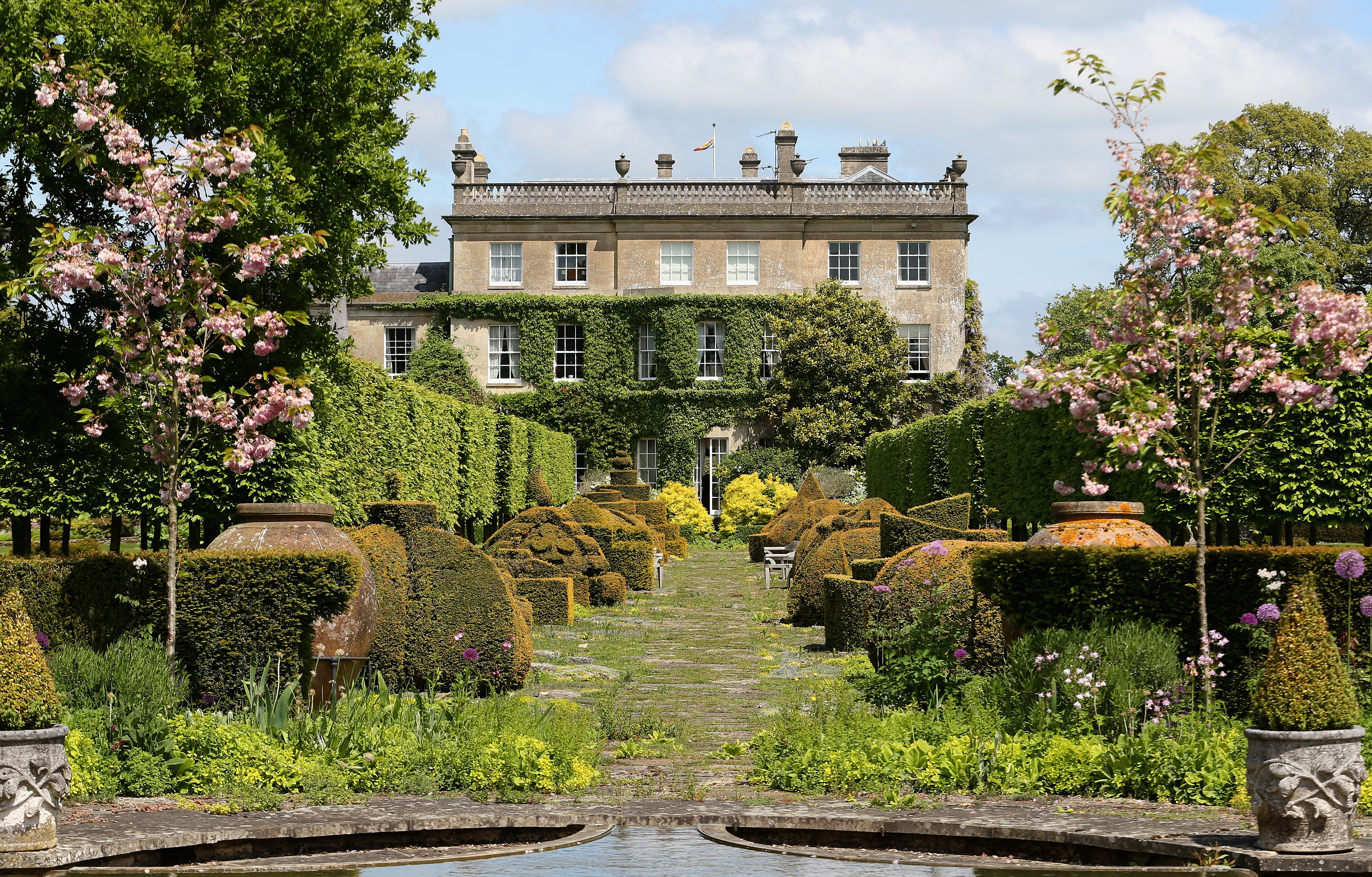Three gardening myths debunked by the ultimate guide: experience
Three gardening myths debunked by the greatest authority of all: Experience


Many are the myths of horticultural orthodoxy: experience is usually better than book-reading.
How do these myths get around? Most of them are handed down, untried and untested, from the writings of earlier authorities. No writer about plants and gardens can know everything. When we’re stuck for knowledge, we look up the problem in other people’s books. Mistakes get copied unthinkingly from one generation to the next. Who then can be trusted?
The best horticultural boffins are those whose advice is based on personal experience or observation. It follows that you’ll probably get the best counsel from someone with many years of practical experimentation behind them. Christopher Lloyd’s writings are a good start, because, all his life, he developed and redeveloped his garden at Great Dixter. His lively literary style, albeit rather camp, is a joy to read and he loved debunking myths.
Even better, in my opinion, are the books that Graham Stuart Thomas (pictured above) wrote in his old age, after a long career as a nurseryman followed by many years as gardens advisor to the National Trust. Thomas lived to be 93 and published all his best books, starting with Perennial Garden Plants, when he was past the statutory age for retirement. He was 75 when his masterpiece The Art of Planting appeared; yet even he told us to plant tulip bulbs as early as possible.

Myth 1: You have to plant tulips in Autumn
I was busy planting tulips well into January. You may think that’s a bit late for bulbs – all the pundits say this is a job for September – but I always delay getting tulips into the ground until the New Year. There are two reasons for my tardiness. First, and most important, tulip bulbs don’t like winter wet and they may rot off if planted in the autumn. I learned this the hard way when I gardened on heavy clay soil in a damp climate.
That caution no longer applies now that we’re making a garden on free-draining chalk downland, but I do so all the same. Which means that I have a second reason for being so late in planting: I bought a mass of leftover bulbs in December, because they were very much cheaper than when they were first offered for sale. I do this every year. Retailers are keen to get on with selling next season’s plants and start to discount tulip bulbs from November onwards.

The pundits who insist on early planting are wrong. My tulips will bloom as well as anyone’s, although the early-flowering T. kaufmanniana hybrids such as Stresa and Johann Strauss won’t open quite as early as perhaps they do for you. The moral is that it’s always best to try things out for oneself.
Sign up for the Country Life Newsletter
Exquisite houses, the beauty of Nature, and how to get the most from your life, straight to your inbox.
Myth 2: Hamamelis and its relations won't grow on chalk
Every volume on gardening will tell you that Hamamelis – the winter-flowering witch hazels that are such a joy from January onwards – won’t grow in alkaline soil and certainly not in chalk. The same is true, they say, of their relations, the corylopsis, liquidambars, fothergillas and parrotias, yet my neighbours in Hampshire have one of the country’s largest specimens of Parrotia persica growing on a chalk slope in the parkland below their house.
Many years ago, I planted its evergreen relation Sycopsis sinensis in the middle of Salisbury Plain. It flourished and my guess is that other family members, and indeed Hamamelis itself, will thrive if planted where there is an accumulation of leafmould, even if the underlying soil is still chalk. It’s time to make some more experiments.
Myth 3: Pot-bound trees and shrubs don’t grow away properly
People say that their roots just go round and round within their rootball and don’t venture out into the surrounding soil. That’s not my experience. I find that that pot-bound plants of all sorts are so starved of soil and nutrients that they respond to being planted out by expanding their roots most greedily. It helps if you tug the roots apart when planting, but this is mainly because the plant is then better anchored in the soil.
More difficult, for quite a different reason, are roses that have just been potted up for sale. Buy one before it’s settled into its pot and what you get is a bare-root plant with a few brittle white rootlets and a potful of useless compost. The rootlets break off when you plant them and the rose doesn’t always recover.
Country Life is unlike any other magazine: the only glossy weekly on the newsstand and the only magazine that has been guest-edited by HRH The King not once, but twice. It is a celebration of modern rural life and all its diverse joys and pleasures — that was first published in Queen Victoria's Diamond Jubilee year. Our eclectic mixture of witty and informative content — from the most up-to-date property news and commentary and a coveted glimpse inside some of the UK's best houses and gardens, to gardening, the arts and interior design, written by experts in their field — still cannot be found in print or online, anywhere else.
-
 Spam: The tinned meaty treat that brought a taste of the ‘hot-dog life of Hollywood’ to war-weary Britain
Spam: The tinned meaty treat that brought a taste of the ‘hot-dog life of Hollywood’ to war-weary BritainCourtesy of our ‘special relationship’ with the US, Spam was a culinary phenomenon, says Mary Greene. So much so that in 1944, London’s Simpson’s, renowned for its roast beef, was offering creamed Spam casserole instead.
By Country Life
-
 Sanderson's new collection is inspired by The King's pride and joy — his Gloucestershire garden
Sanderson's new collection is inspired by The King's pride and joy — his Gloucestershire gardenDesigners from Sanderson have immersed themselves in The King's garden at Highgrove to create a new collection of fabric and wallpaper which celebrates his long-standing dedication to Nature and biodiversity.
By Arabella Youens